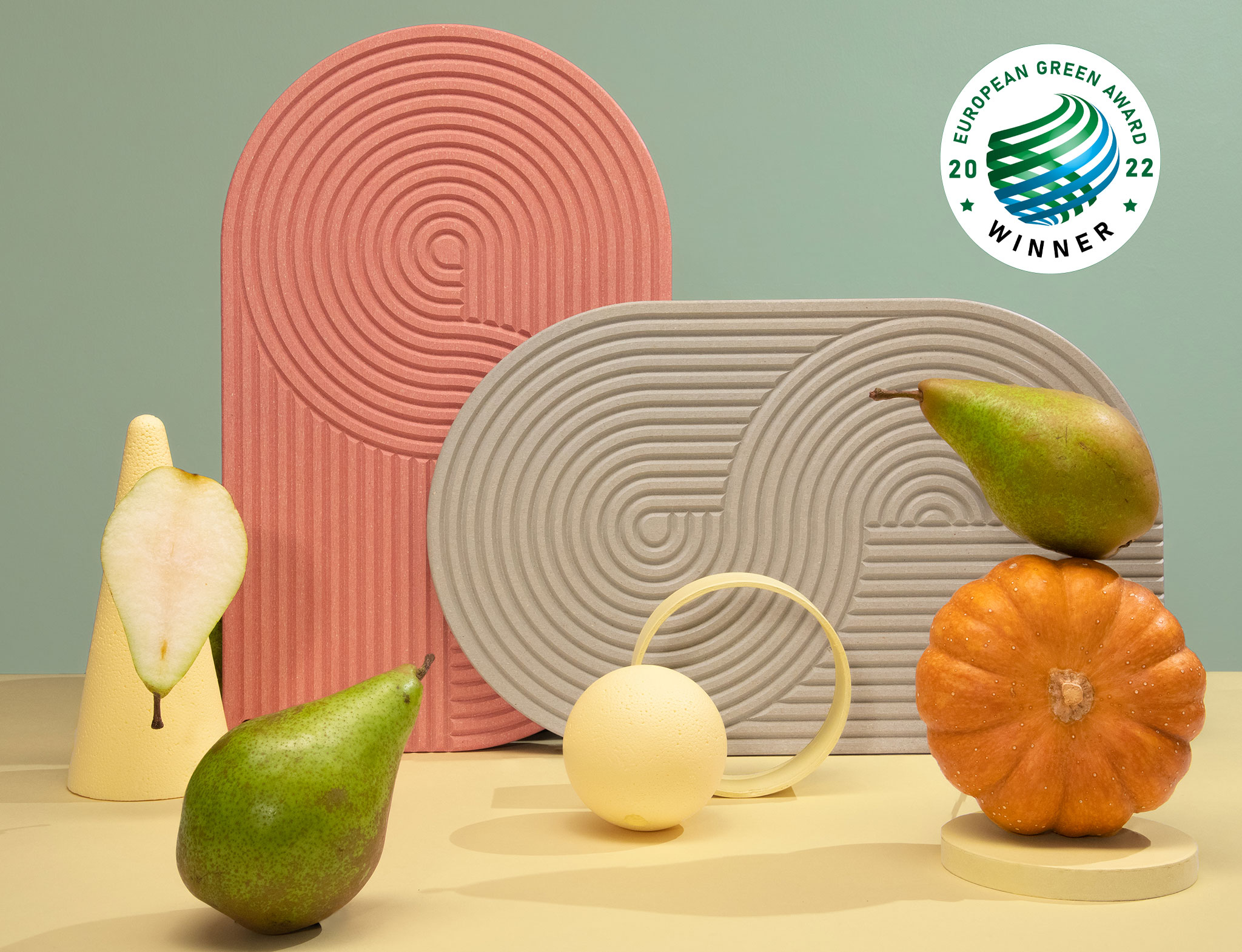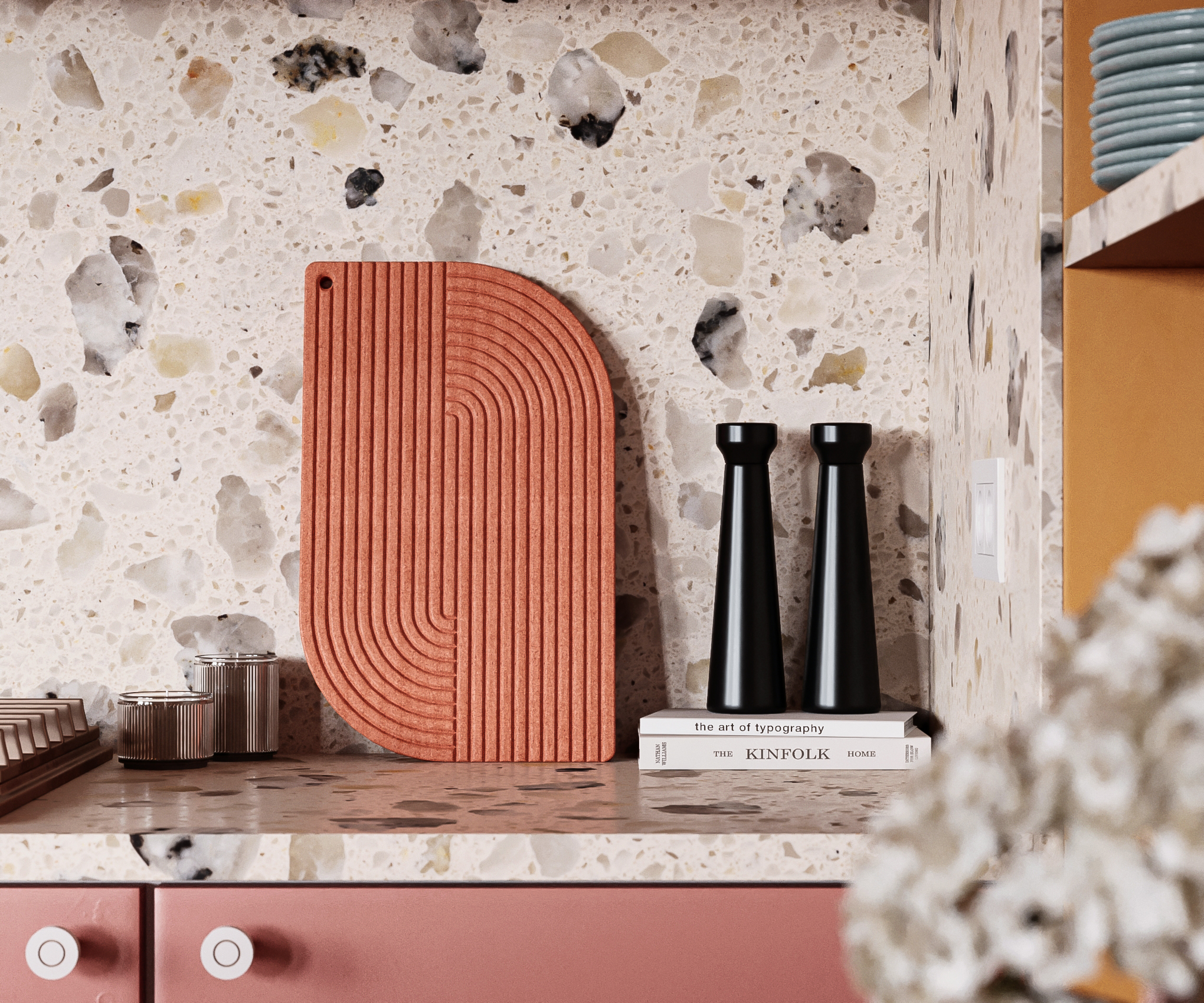WYE GmbH
Neolign Kitchen Board
Our vision is to bring sustainable and innovative, so-called „sustainnovative“ concepts into the homes of as many people as possible. With the industrially scalable material Neolign®, we create an opportunity for industrial production with focus on sustainability and innovation. We show that change is possible and create awareness for innovation.
Gallery
General Description
Iconic, impressive and irreplaceable in any kitchen – this board attracts all eyes in your home. The unique surface is accurately manufactured by hand with attention to detail and quality. Best of all, it is easy to care, dishwasher-safe and extremely durable. This kitchen board is the new must-have in every sustainnovative home!
It’s unique features are:
Zero Waste – The board is made of Neolign®, a recyclable wood-based material, made in Germany, which is 100% recyclable.
Easy to clean – The board is dishwasher safe, resistant and robust. Knife blades are spared.
Design-piece – Whether as a kitchen accessory, board, serving platter, breakfast board or in other living areas as a storage place for jewelry as well as a shelf: The kitchen board is the eye-catcher in any environment!
Sustainability Impact
WYE considers the entire product life cycle as a cycle – from resources to production and service life to disposal of furniture and accessories. The focus of the cycle is our wood-based material Neolign®, for which no new tree has to be felled.
We achieve the unique structure of Neolign® through the upcycling of wood chips (PEFC certified), which are by-products of the wood processing industry. Thus, each WYE product reduces the use of solid wood and thus CO2 and unnecessary consumption of resources.
During development, we pay attention to durability through high quality, timeless design and ease of repair. Nevertheless, statistics show that even high-quality design pieces are increasingly used for shorter periods of time. Therefore we offer to take back WYE products, because for us Neolign® has a high value as a resource even after its first lifecycle, by returning it to the manufacturing process and creating new collections from it.
Head of Project
Ferdinand Krämer
Downloads
–





